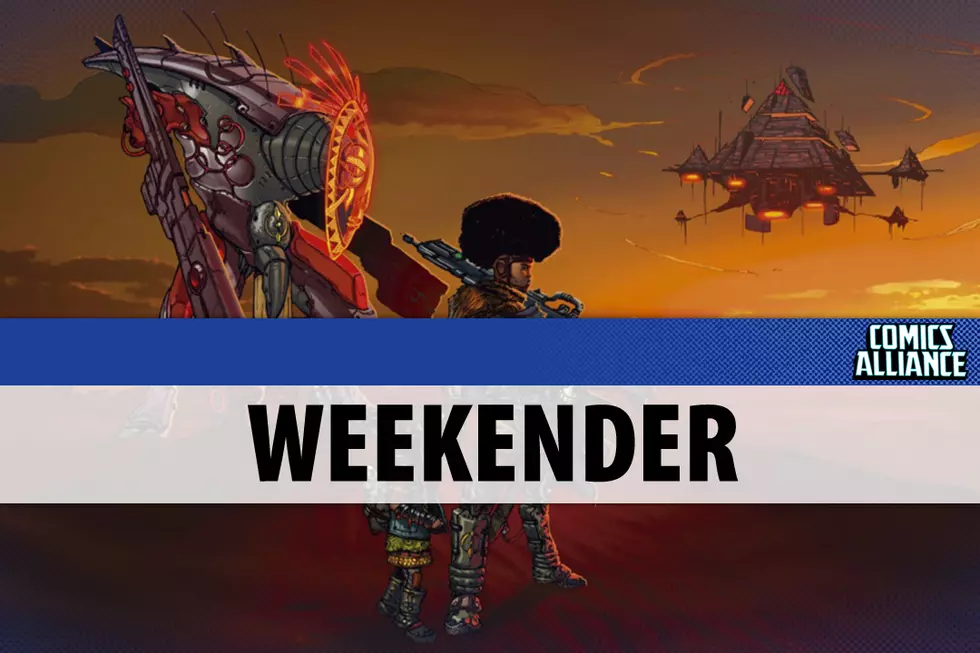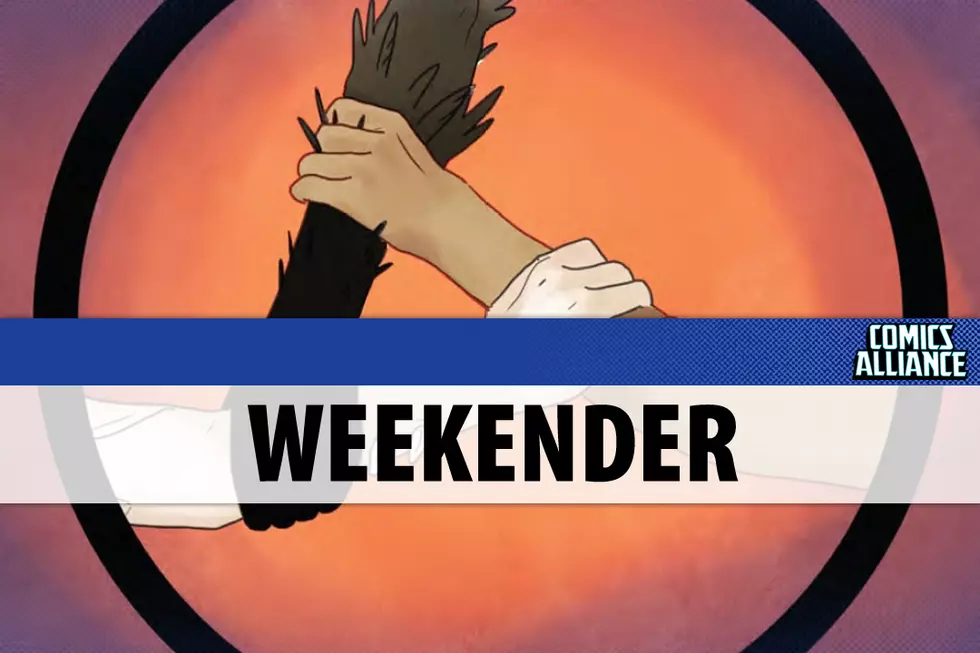
“If You’re Not Sure, Ask”: Great Advice On Writing Characters Of Color
In late August, writer Gene Luen Yang posed a challenge to his peers in the world of comics: Write characters who are different from you, racially and culturally, even if it's scary. That can be tough to do without being insulting, or tone-deaf, or resorting to stereotypes. What can really help for writers is input from people of the races and cultures that they hope to depict; people who can gauge whether a work has the right level of sensitivity and understanding.
Luckily, a whole bunch of cartoonists have come together to offer up advice in a post on Midnight Breakfast titled "Writing People of Color (if you happen to be a person of another color)." It's chock full of insight.
Led by cartoonist MariNaomi, who is also the driving force behind the Cartoonists of Color Database, the group of eight cartoonists offer up personal anecdotes about their own experience, as well as general advice for how not to be a jerk when you write characters of other ethnicities.
For example, here's some advice from Frederick Noland, the writer and artist of Black Sheep:
Consider the environment that the PoC [person of color] is being placed in and what effect that would have both on the PoC and those he or she interacts with in that world. As an example, there are effectively no blacks in NASCAR. A cursory Google search revealed three in the sport’s history. With this in mind, if one were to write a story with a black NASCAR driver, it is crucial that the uniqueness of the situation is at the very least addressed if not explored more deeply. Simply parachuting a character into that situation would be absurd because his experience would be so unlike the other drivers — their reaction to him, how he was viewed by the fans and media, would be entirely alien.
Elisha Lim, writer and artist of 100 Crushes, advises writers to base their characters on real people they know, and then talk to them as they write their work. (Crucially, she also says to credit them for their help.)
A big sticking point for several of the contributors to the panel is dialogue. The key point they want writers to remember is that not all people of the same race talk the same way. Don't put some imagined dialect in their mouths.
For more advice, plus some great illustrations, head over to read the full post.
More From ComicsAlliance


![Bring on the Spam Musubi: The State of Asian Representation in Comics [Roundtable]](http://townsquare.media/site/622/files/2016/05/CA-khans-Alphona-feat.jpeg?w=980&q=75)






